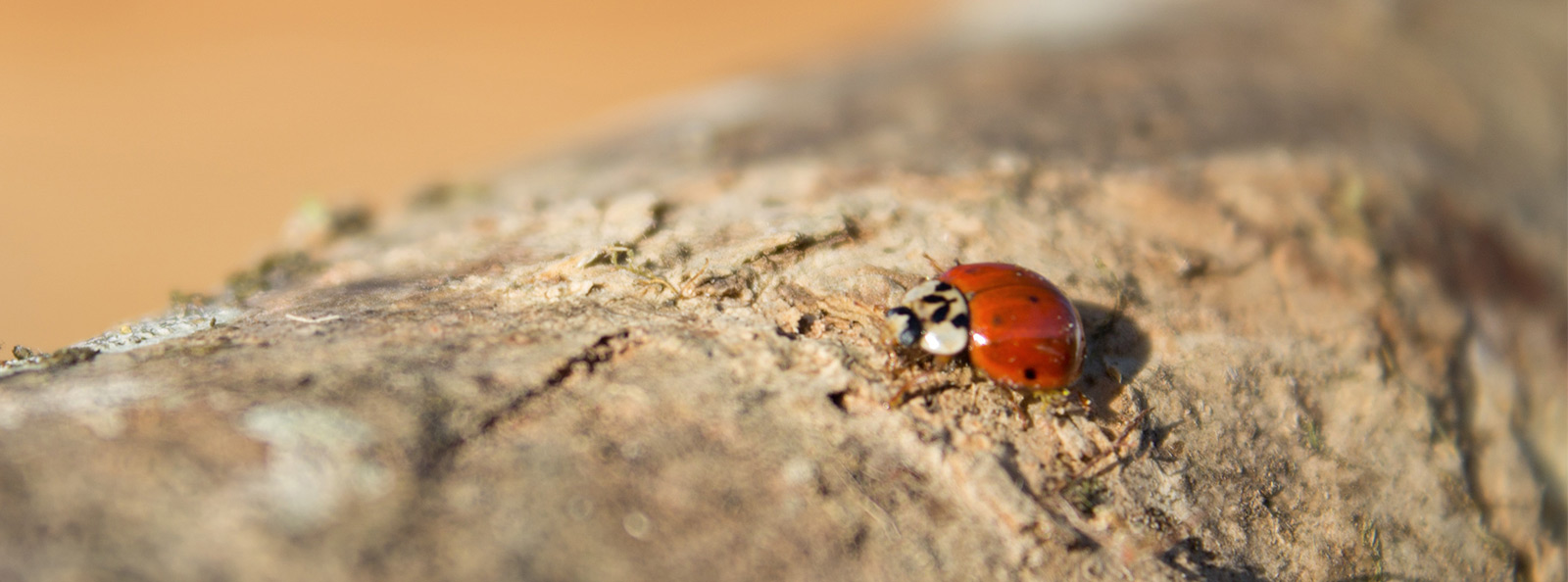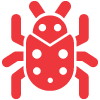DESCRIPTION
The Asian Lady Beetle varies in colour from yellow to black, as well as from orange to red. The number of spots on its back can vary from zero to 20. The most frequent is orange with 19 spots on its elytron. They have two white oval spots on each side of their heads and an M or W mark on the back of their heads. Thanks to its vivid colour, the ladybug warns its predator of its awful taste. One can experience an unpleasant smell when one is crushed. Ladybugs can bite but its sting is not painful.
LIFE CYCLE
The Asian Lady Beetle breeds in the spring. The female produces hundreds of eggs which will be attached underneath leaves, near a colony of aphids, which will be used to feed the larvae. Matured larvae will attach itself under a leaf and will transform into a nymph. Approximately one week later, they live their last molt and become adults.
HABITAT
The Asian Lady Beetle live in fields, crops and gardens.
DIET
The Asian Lady Beetle feeds from mites and small insects that attach plants. They especially like aphids.
PREVENTION
The Asian Lady Beetle, which its name indicates its origin is from Asia, was introduce in North America in the 1970’s to fight against aphids and other insects that were attacking agricultural crops. In the winter, the Asian Lady Beetle will look for a warm shelter to protect itself and more specifically, it will look toward the heat from our homes by introducing itself into the dryer outlet vents, electrical input, ventilation system, roof and fissures around doors and windows. During the hibernation period, the ladybug will not eat, reproduce, bite or defecate. They don’t transmit any diseases.











